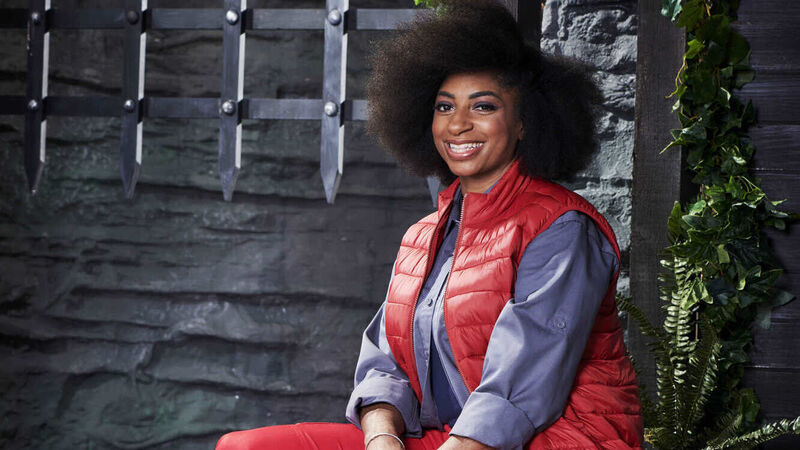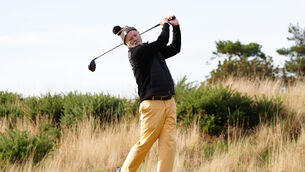Why it’s important to see disabled people represented in all walks of life

Kadeena Cox. Picture: ITV/PA Media
With Kadeena Cox participating on I’m A Celebrity… Get Me Out Of Here! and Rose Ayling-Ellis on Strictly Come Dancing, representation of disabled people on the TV seems to be having a moment.
For Mark Hodgkinson, CEO of disability equality charity Scope, this is hugely important. “We all need role models when we’re growing up, when we’re aspiring to do new things,” he explains. “If you don’t see anyone like you in the places you aspire to be, then that creates quite a challenge. It’s pretty challenging to be a disabled person anyway.” Seeing someone relatable on the TV is important, but representation doesn’t just stop there – it could also have a huge impact on a disabled person in the workplace.
Not seeing other disabled people – particularly in higher-up positions – could be tough for your “resilience levels”, suggests Hodgkinson. At its core, it “gives people the belief there are people like them in those places they want to be” – something he says is “really, really important”.
In the media… Hodgkinson suggests representation of disabled people in the media is improving. “We’ve got high-profile TV shows starting to show what’s possible,” he says. “You’ve got I’m A Celebrity… having Kadeena Cox, a Paralympian, on the show. I think it was great she called out – before she agreed to do it – that they would need to make adjustments so she could compete actively and fully and equally alongside the other contestants.” He also mentions Ayling-Ellis, a deaf contestant on Strictly Come Dancing. For one dance, the music was briefly cut out, to show the audience her perspective – something Hodgkinson notes was “a really powerful moment”, backed up by the fact it also won them Heat magazine’s Unmissable TV Moment of the Year award.
That being said, there’s still a long way to go. “Just 8.2% of characters on TV were portrayed by disabled people,” says Hodgkinson, citing statistics from Diamond’s The Fourth Cut report. “Behind the screen, it’s even worse at 5.8%. There are one in five disabled people in the country… So there are still some big gaps in those numbers.” In the workplace… It’s not only about seeing people like you on TV and in film, but also in the workplace – particularly in positions you might aspire to be in.
“There actually are not that many really senior leaders who are disabled people,” Hodgkinson says. “Where those role models exist, and where increasingly there are more role models in the future, it does give you (when you’re at the start of your career in particular) the confidence to keep fighting through some of the barriers you face.” While Hodgkinson suggests there are “lots of other things that need to change as well”, having more disabled people in senior roles could be hugely empowering and give others “the confidence to start to fight” for positions they want.
For Hodgkinson, a big part of making a positive shift in the workplace is all about attitudes, and organisations “being prepared to get started”, he says. “When you’re feeling awkward or uncertain about something, probably the easiest approach is to step back from it. And so businesses think it will be much easier to recruit a non-disabled person than the disabled person. They basically think the people they’re going to see who are disabled people are less qualified and have less skills than non-disabled people – which actually tends to be the opposite. Because disabled people have had to fight so hard to get on those lists [to be shortlisted for an interview], they’re actually often better qualified for the role.” Ultimately, Hodgkinson suggests diversifying the workplace is beneficial for everyone. “Diverse organisations have been proven to have better cultures,” he says. “And I think more inclusive workplaces tend to have happier employees.”







